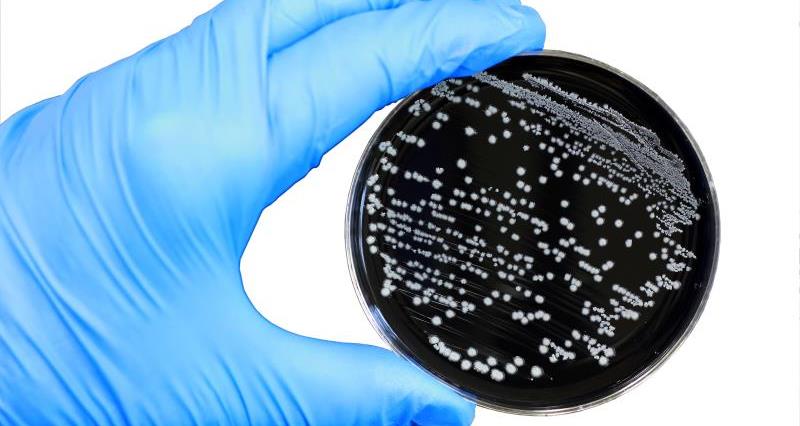The figures are based on tests of 1,051 whole fresh shop-bought UK-produced chickens during January to March 2017. They show that on average, across the market, 6.5% of chickens tested positive for the highest level of contamination, carrying more than 1,000 colony forming units per gram (cfu/g).
This is down from 9.3%, for the same period last year and 7.0% from the last set of results published 14 March. Some 48.8% of chicken skin samples tested positive for campylobacter at any level, compared to 50% in the same period last year and 56% for the last set of results published 14 March.
FSA chairman Heather Hancock said: 'It is good to see that levels continue to go down as this indicates that the major retailers and processors are getting to grips with campylobacter. The results give us a clear picture of the positive direction in which we are heading, and help us measure the impact of interventions that are being used to reduce contamination.
“While results are reassuring, we want to see more progress among the smaller businesses, to achieve real and lasting reductions.”
NFU poultry sector chief adviser Gary Ford said: “The results published in March met the aims agreed by the FSA Board to reduce the number of people getting ill from the food poisoning. The reduction was estimated to lead to a direct saving to the economy of over £13 million in terms of fewer days off work and NHS costs.
“Today’s results are further good news and are a fair reflection of the concerted and determined effort put in by individuals and businesses throughout the food chain. Much of this improvement has been achieved following a significant commitment and investment in both monetary terms and time.”
Charting improvements - the latest findings
Retailer | Jan-March 2017 % skin samples positive for Campylobacter | Aug- Dec 2016 figure (previous set of results) | Jan-March 2017 % skin samples over 1000 cfu/g Campylobacter | Aug- Dec 2016 figure (previous set of results) |
Aldi | 51.8 | 60.0 | 5.5 | 6.7 |
Asda | 56.0 | 55.3 | 7.3 | 6.0 |
Co-op | 63.8 | 46.6 | 4.3 | 6.1 |
Lidl | 57.8 | 56.6 | 9.2 | 6.9 |
M&S | 56.3 | 71.6 | 2.5 | 9.5 |
Morrisons | 39.4 | 53.6 | 2.8 | 3.3 |
Sainsbury's | 50.0 | 48.7 | 7.7 | 2.6 |
Tesco | 41.3 | 47.2 | 3.8 | 5.7 |
Waitrose | 28.2 | 44.4 | 2.7 | 5.2 |
Others | 59.0 | 82.5 | 16.9 | 19.7 |
All | 48.8 | 55.8 | 6.5 | 7.0 |
What is Campylobacter?
- A bacterial organism
- Found on surfaces, in red meat, unpasteurised milk and untreated water
- 60-80% of Campylobacteriosis can be attributed to raw poultry meat
- A complex organism - has the ability to adapt to a variety of environments
- Over 8,000 identified strains of Campylobacter
- If raw poultry meat is cooked thoroughly and good personal hygiene is adhered to, campylobacter will not cause infection in humans
